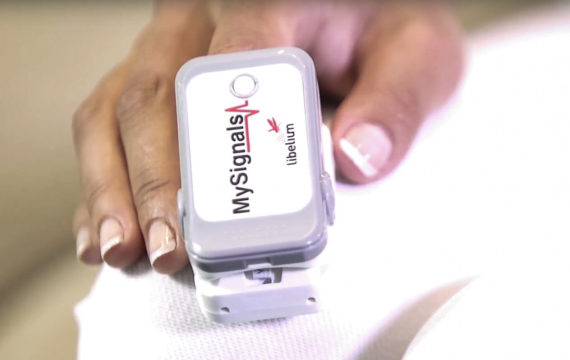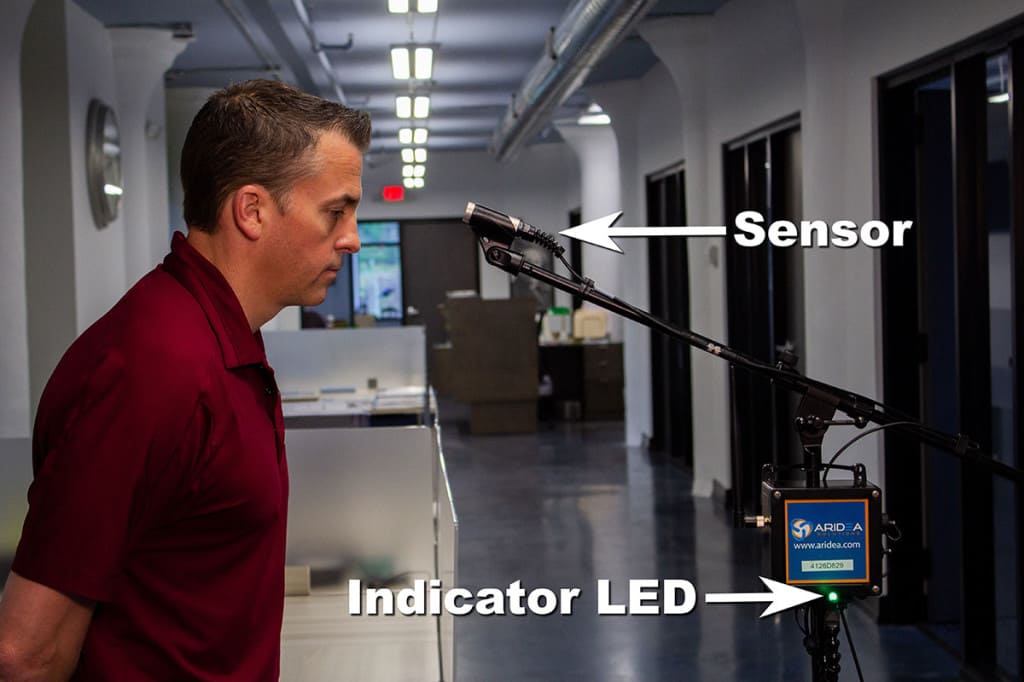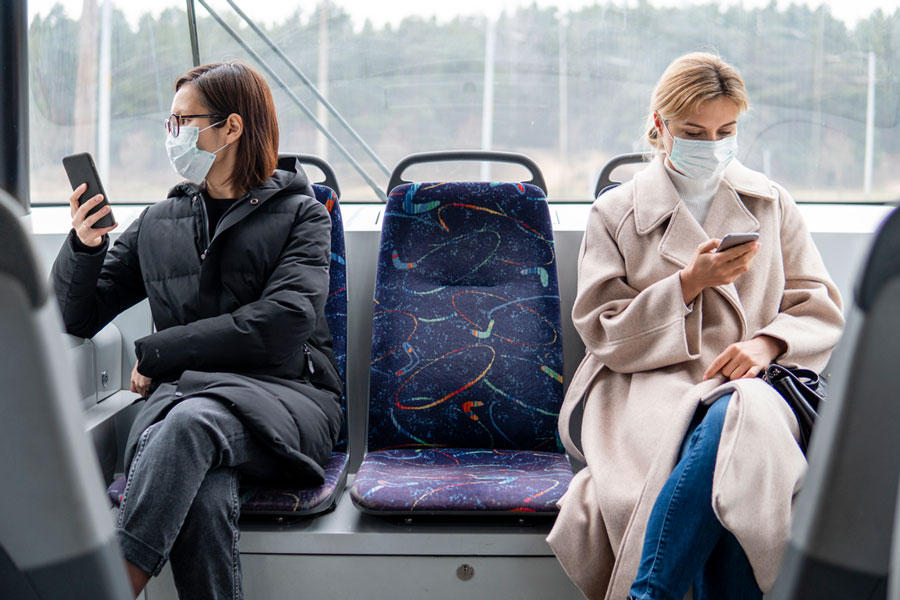By Alicia Asín, co-founder and CEO of Libelium
The crisis we face with the COVID pandemic must provide us with lessons learnt in order to avoid making the same mistakes again. Because, in an increasingly globalised world, sadly this will not be the last pandemic, although we should see that it is the last confinement we are forced into.
Once the initial phase of health alerts has been overcome, and without lack of regret for the consequential massive loss of human lives, it will be time to loosen the economic and social paralysis.
In many countries, like Spain, the population is clamouring for the authorities to carry out the necessary analysis to differentiate between the sick and the unhealthy population. This is critical in order to revive the economy and stop job losses.
While some are throwing the baby out with the bathwater in regard to the viability of PCRs or rapid tests, urgent measures are needed to get people out of confinement that is becoming unbearable for their mental and physical health and financial independence.
IoT technology plays a very timely role in getting the public back on the streets in relative safety. The connection between the physical and the digital world is more necessary now than ever to analyse the real world with objective data and use those parameters to trigger alarms or establish coherent actions.
I present three real cases for application that can be vital in the return to what everyone now calls the “new normality” in terms of health, business and the social world.
1) IoT Technology Post-COVID, remote health monitoring
In the health field, the sanitary services have to return to their normal activity: primary care consultations, visits to specialists, follow-up of chronically ill patients, postponed operations. Are we going to return to the hospitals and health centres that were already overcrowded and filling the waiting rooms before the pandemic? The answer is no, not if we can avoid it.
Any remote health monitoring solution would streamline services and prevent people from wandering into health spaces unnecessarily. Therefore, let’s promote measurement tools that health users can monitor their health parameters and share the results with remote assistance. In these weeks it has been proven that remote medical attention for primary care is possible. Let us extend it, thus improving the efficiency of the system.

2) IoT Technology Post-COVID, Working Activity
Second scenario: working activity, whether public or private. Imagine that you are lucky enough to be able to physically return to your job. To share closed spaces, meeting rooms, dining rooms, classrooms, toilets, etc. with other people in your organization. This is when it becomes more necessary than ever to know if the workers and people who enter our workspace are sick.
There may be some who have overcome the illness, others who are asymptomatic but, without a doubt, in the absence of reliable medical evidence, fever is one of the unmistakable symptoms of this or other infections. How much would the expansion have been slowed down if passenger screening systems had been installed in airports, train stations and public facilities?

IoT Technology Post-COVID, Social, Cultural and Commercial Activity
Finally, let’s apply IoT technology to the recovery of social, commercial and cultural activity. Faced with the laxity, in some countries, of the application of social distancing measures, there is a concrete need for commercial and cultural spaces to provide customers with the security and reliability that they will not be at risk of contagion. If I am going to a supermarket, a shopping centre or even a restaurant, I prefer to visit those that respect the recommended distances and user capacity.
And I will do it much more happily by knowing in advance what their occupation is in real time through the Internet, with no need for each establishment to put an employee with a counter at each door. The technology for detecting people and even vehicle traffic by scanning mobile devices is a good tool for this without detracting from the privacy that surveillance cameras always put in question. Even for security forces to establish controls only where they are needed depending on the saturation of urban areas at any given time.
![]()
It is clear that we are moving towards a different reality and we must provide our companies, cities and citizens with the technology that really allows them to continue with their lives. Because life is the most precious thing we have.

























